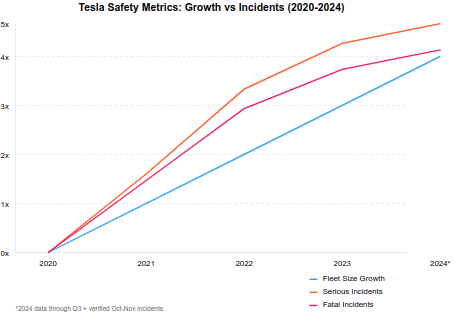Back in April 2022 I pointed out on this blog that Elon Musk was failing at the most basic transparency requirements while simultaneously demanding everyone else be required to have transparency:
…lawsuit alleges that by March 14, Musk’s stake in Twitter had reached a 5% threshold that required him to publicly disclose his holdings under U.S. securities law by March 24. Musk didn’t make the required disclosure until April 4.
In other words, he’s the kind of guy who wants to play poker by hiding his cards yet making everyone else put theirs face up on the table. Cheating? Of course. Lying? Of course. That’s what makes this funny-money snake-oil salesman so dangerous.
My argument back then was if you take his own statements and replace the word “tweets” with “stocks” in a foreign-backed (Russian money laundering) campaign to seize Twitter, it reveals his intent to cause substantial harm:
…having it be unclear who’s making what changes to who, to where, having [stocks] sort of mysteriously be promoted and demoted with no insight into what’s going on … I think this can be quite dangerous.
Right. It’s dangerous to manipulate stocks without transparency, he says, while he was constantly manipulating stocks without transparency. And that’s not to mention after the Russians paid him to take over Twitter for them he made it go private, to make it as unclear as possible why hate speech suddenly started getting promoted so heavily.
Well, it looks like the SEC wasn’t unaware of this pattern and has formally just announced their lawsuit.
According to the SEC’s complaint, after Musk failed to timely file a beneficial ownership report by March 24, 2022, he purchased more than $500 million worth of Twitter common stock between March 25, 2022 and April 1, 2022. As alleged, because Musk failed to timely file a beneficial ownership report with the SEC, he was able to make these purchases of Twitter common stock at artificially low prices from the unsuspecting public, who had not yet priced in the undisclosed material information of Musk’s beneficial ownership of more than five percent of Twitter common stock and investment purpose. According to the SEC’s complaint, Musk underpaid by at least $150 million for his purchases of Twitter common stock in this period. The complaint further alleges that, due to Musk’s failure to timely file a beneficial ownership report with the SEC, investors that sold Twitter common stock between March 25, 2022 and April 1, 2022 did so at artificially low prices, thereby suffering substantial economic harm.
Substantial harm is probably an understatement for what this grandson of the architects of South African apartheid has done with his family’s blood-money by laundering it and generating massive undisclosed gains using the American technology industry.





